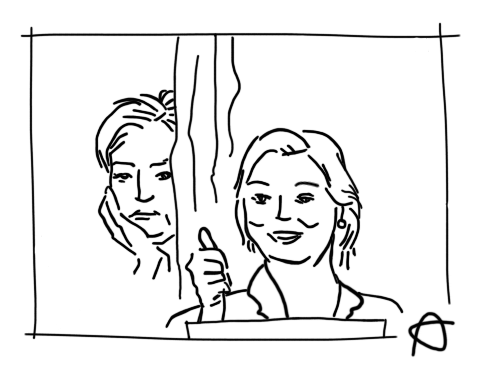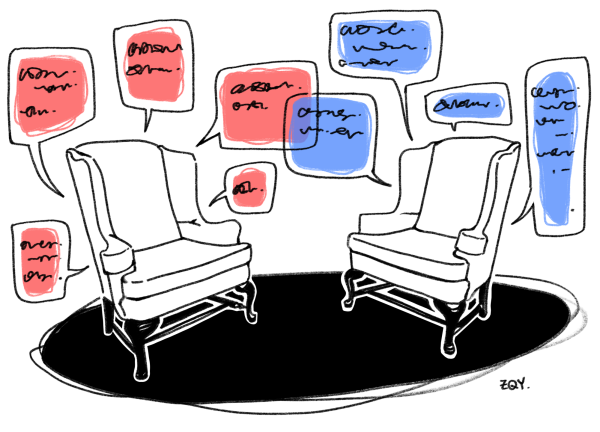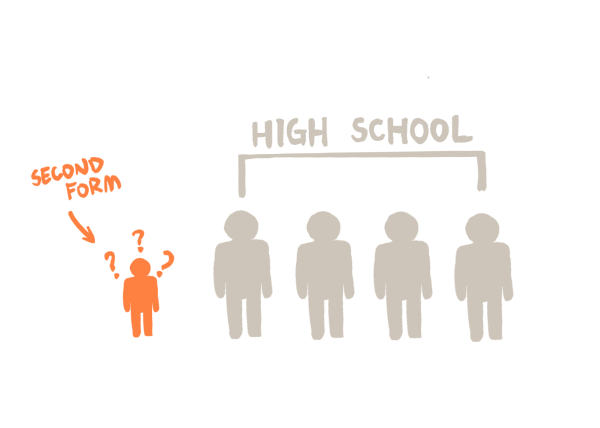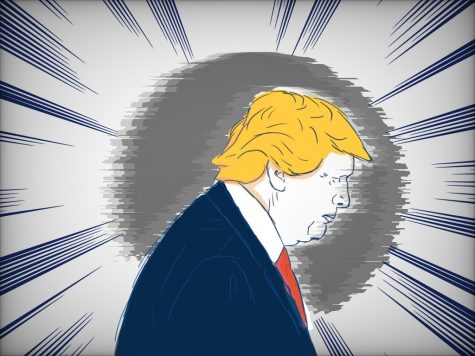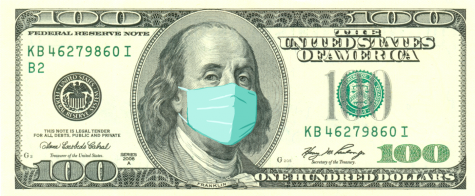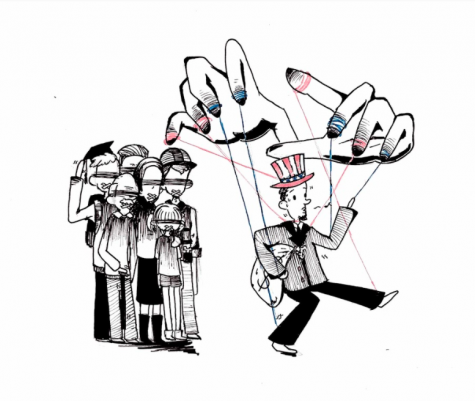On hashtags and haters
Is the election as close as the media wants us to believe it is?
A record-breaking total of eighty million viewers tuned in to the first presidential debate between Hillary Clinton and Donald Trump on September 26. And that figure from CNN Money doesn’t even include online viewers. The record to beat was the 1980 debate between Jimmy Carter and Ronald Reagan.
With impressive viewership, from traditional TV to YouTube live streams, it’s impossible to ignore the role of the media in the election. Both Secretary Clinton and Mr. Trump campaign across social media platforms and sit for interviews with television personalities ranging from Jimmy Fallon to Anderson Cooper, showing that in this modern age, the easiest way to get to people is through the internet media. The media, in all its forms, has fully accepted this task. In a world where drama is the most common form of entertainment, is it so absurd to think that media sources are portraying the election as closer than it is, simply for dramatic effect?
Ambiguity between sources is common, as each uses different polls of diverse groups of people. Sites like FOX news showed, as of September 21st, that Trump lead in states such as Nevada, North Carolina, and Ohio, claiming him to be winning in “key battleground” states. On September 25th, The Washington Post claimed Clinton and Trump to be in a dead heat—Clinton leading at 46% and Trump at 44%.
With the political polarization of much of the media, it is hard to find unbiased reports on the election. Of the debate on September 26th, CNN’s poll showed 62% believing Clinton and 27% believing Trump had won. This 35-point margin is the third widest margin in CNN post-debate polls ever. As of September 27, The New York Times shows Clinton at 45% and Trump at 42%. Widely-varying media polls―while piquing interest and heightening drama―do not provide concrete information on where the candidates truly stand in the polls.
Nate Silver, the statistician who accurately predicted forty-nine out of fifty states in the 2008 election, is now the editor-in-chief of the sports and politics website FiveThirtyEight. As Silver comes from a statistical background and not a political one, he is one of the better sources for impartial news. On the current election, Silver runs poll-based calculations and analysis every day, giving polls varying weight based on the quality of their collection methods. As of October 6, a FiveThirtyEight polls-only forecast for November places Clinton at 48.3% and Trump at 43.5% in the national popular vote.
So, is the media portraying the race as closer than it is? Is drama enough of a factor to cause news outlets to alter their report? Most likely. But even if some media are modifying their polls, more reliable sources show the race is actually incredibly close. Even if the media were 100% unbiased to public opinion when reporting, we are still in the midst of one of the most historic and contentious elections in US history. Come November, we will see who wins the vote itself― and the legitimizing support of Americans.


